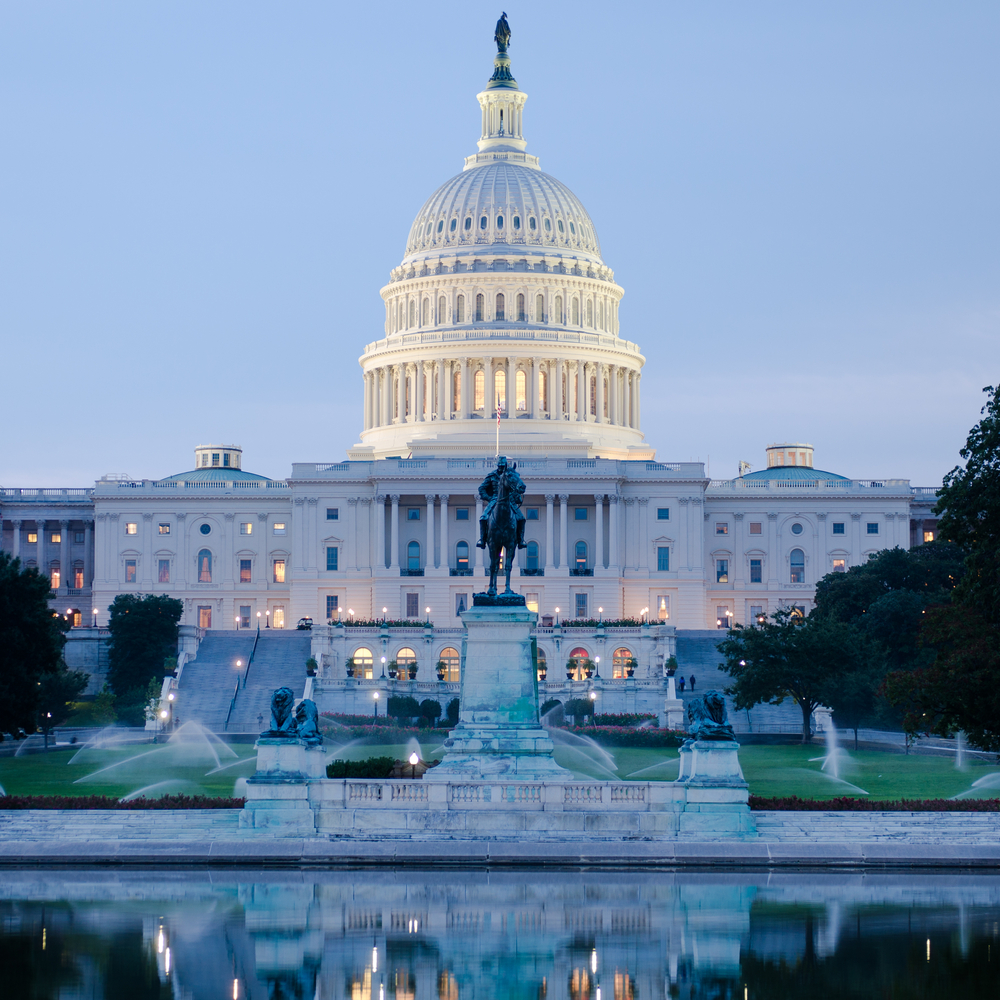A common refrain among abortion activists is that restricting abortion is dangerous for women. In the past, they have merely argued that pro-life laws would cause women to die from “back-alley abortions” that they claim were prevalent before abortion was legalized in the United States. But recently, they’ve shifted to a different claim: that pro-life laws lead to an increase in maternal mortality.
Summer Sherburne Hawkins wrote an op-ed for NBC, rightly arguing that the maternal mortality rate in Washington, D.C., is inexcusably high. At 33 deaths per 100,000 live births, the maternal mortality rate there is higher than the rate in Syria. It’s even worse for Black women, whose maternal mortality rate in Washington, D.C., is higher than the rates in the countries of Panama and Ecuador, as well as a majority of American states.
While the maternal mortality rate in Washington, D.C., is indeed troubling, Sherburne Hawkins makes the argument that it’s directly linked to restrictions placed on abortion.
Linking our mortality data to state-level indicators, we found that in the same period of time as our study, five states required abortion providers to obtain admitting privileges or transfer agreements, 12 states created maternal mortality review committees, 12 states enacted laws that prohibit abortions based on gestational age and 20 states restricted coverage of abortions by insurance purchased through the Affordable Care Act marketplace. Meanwhile, Planned Parenthood clinics closed in 27 states — an average reduction of 35 percent….
A 20 percent reduction in Planned Parenthood clinics increased mortality by 8 percent on average and negatively affected all women, increasing mortality rates by 6 to 15 percent among black, white and Hispanic women, as well as those identified as other race/ethnicity.
If Planned Parenthood facilities continue to close, Sherburne Hawkins gravely warned, more women will die.
READ: No, Texas’ maternal mortality rate did not spike after defunding Planned Parenthood
The problem with this entire claim is that it was debunked last year by the Washington Post, which gave the claim Four Pinocchios. “[S]ince 2007 the United States hasn’t had an official annual count of pregnancy-related fatalities, or even an official maternal mortality rate,” Glenn Kessler, the Washington Post fact-checker, wrote just last year. “So anyone trying to tie a link between abortion laws and mortality rates is going to run into trouble.”
The study was also debunked by Charlotte Lozier Associate Scholar, Dr. Michael New, in January. New pointed out there were methodological problems with the study, including the fact that 28 percent of maternal deaths were not analyzed; likewise, only data from 38 of 50 states was examined. There were also numerous other issues, according to New:
For instance, for each U.S. state, the authors calculate the respective maternal mortality rate for Whites, Blacks, Hispanics, and other races. While this sounds fine, many states have a small population of racial and ethnic minorities. For example, analyzing the maternal mortality rate of African American women in North Dakota provides us with little information about the factors which impact maternal mortality rates, because relatively few African American women of childbearing age live in North Dakota. Furthermore, when analyzing a low population demographic, even one maternal death would make the maternal mortality rate look exceptionally high and could potentially distort the results.
The other problem with Hawkins’ argument is that Planned Parenthood isn’t the health care provider that it claims to be. Planned Parenthood serves an estimate of just three percent of women in the U.S., and very little of what it does is actual health care. The corporation performs less than 2% of all breast exams (and zero mammograms), less than 1% of all Pap tests (screening for cervical cancer), and less than 2% of cancer screenings for women — not to mention that prenatal care there is practically non-existent (offering less than 1% of the nation’s prenatal health care). Planned Parenthood’s health care services have been steadily decreasing over the years, so why would the closure of a Planned Parenthood facility negatively affect the maternal mortality rate?
READ: Think abortion restrictions increase maternal mortality? Think again.
While Planned Parenthood’s patient load has plummeted, Federally Qualified Health Centers (FQHCs) continue to increase the patients they serve. (See how FQHCs stack up against Planned Parenthood.)
Sherburne Hawkins’ study does not explain how fewer Planned Parenthood facilities (especially given the widely available services of FQHCs) or more restrictions on abortion somehow increase maternal mortality rates.
In addition, Dr. Michael New pointed out the problems with using the number of Planned Parenthood facilities to make a claim. “For instance, the lone Planned Parenthood in Washington, D.C., shut down in 2015,” New said. “The study reports that D.C. had a 100 percent decline between 2007 and 2015. This is misleading for a couple reasons. First, DC residents would have been able to access Planned Parenthood facilities in nearby Maryland. Second, a new Planned Parenthood facility opened in D.C. in 2016. Overall, it would have been more methodologically appropriate to consider changes in Planned Parenthood facilities per capita.”
Abortion is not a force for social good; deliberately killing children in the womb does not save women’s lives, empower them, or free them. And pushing false narratives like this has nothing to do with good science or what is best for women, but protecting the pro-abortion agenda at all costs.
“Like” Live Action News on Facebook for more pro-life news and commentary!







